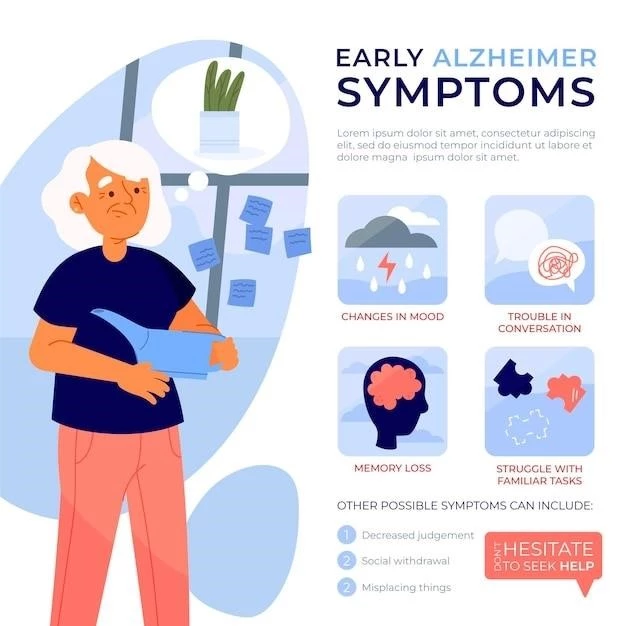Learn about Aqueductal Stenosis causes and symptoms to better understand this condition for prompt treatment․
Causes of Aqueductal Stenosis
It’s crucial to understand the causes of Aqueductal Stenosis, which include congenital factors, tumors, infections, or bleeding in the brain․ Seeking medical advice for proper diagnosis is essential to manage this condition effectively․
Symptoms of Aqueductal Stenosis
Recognizing symptoms like headaches, nausea, vomiting, vision problems, and gait difficulties is vital․ Promptly seeking medical attention upon experiencing these symptoms can lead to an accurate diagnosis and the initiation of appropriate treatment to manage Aqueductal Stenosis effectively․
Treatment Options for Aqueductal Stenosis⁚ Exploring Available Methods
Explore non-surgical and surgical treatments to manage Aqueductal Stenosis effectively․
Non-Surgical Treatments
Non-surgical options like medication management and physical therapy can help alleviate symptoms of Aqueductal Stenosis․ Consult with a healthcare provider to explore these non-invasive treatment approaches tailored to your specific needs․
Surgical Interventions
For cases requiring surgical intervention for Aqueductal Stenosis, procedures like endoscopic third ventriculostomy or shunt placement may be recommended by healthcare professionals․ Understanding the risks and benefits of surgery is crucial for making informed decisions about your treatment plan․
Management of Aqueductal Stenosis in Children⁚ Special Considerations
Discover specialized approaches for treating Aqueductal Stenosis in pediatric patients for optimal outcomes․
Pediatric Treatment Approaches
When managing Aqueductal Stenosis in children, treatment strategies may involve a multidisciplinary approach, including pediatric neurosurgeons, neurologists, and other specialists․ Tailored treatment plans should be developed to address the unique needs and considerations of young patients․
Aqueductal Stenosis Surgery⁚ Weighing Risks and Benefits
Evaluate the risks and benefits of surgical interventions for Aqueductal Stenosis carefully for informed decision-making․
Risks of Aqueductal Stenosis Surgery
Before undergoing surgery for Aqueductal Stenosis, it’s crucial to be aware of potential risks such as infection, bleeding, or adverse reactions to anesthesia․ Discuss these risks with your healthcare team to understand and mitigate them effectively․
Benefits of Aqueductal Stenosis Surgery
Opting for surgery for Aqueductal Stenosis can offer benefits like improved symptoms, relieved pressure in the brain, and enhanced quality of life․ Consult with your healthcare provider to understand the potential positive outcomes and how surgery can help in managing this condition effectively․
Diagnosis of Aqueductal Stenosis⁚ Essential Key Considerations
Understanding crucial factors in the diagnosis process is essential for early detection and proper management․
Diagnostic Procedures
Definitive diagnosis of Aqueductal Stenosis may involve imaging tests like MRI or CT scans, neurological evaluations, and lumbar punctures․ Consulting with healthcare professionals for the accurate interpretation of diagnostic results is crucial for effective treatment planning tailored to your specific condition․

Aqueductal Stenosis Research Advances⁚ Promising Developments
Stay informed about the latest research advancements for potential breakthroughs in Aqueductal Stenosis treatment․
Ongoing Studies and Innovations
Keep up to date with ongoing research and innovative studies focused on advancing the understanding and treatment of Aqueductal Stenosis․ Stay engaged with healthcare professionals to explore potential new approaches and technologies that may improve outcomes for individuals affected by this condition․
Living with Aqueductal Stenosis⁚ Strategies for Coping and Support
Discover effective coping strategies and find the support you need to navigate life with Aqueductal Stenosis․
Coping Strategies
Living with Aqueductal Stenosis can be challenging, but adopting coping strategies like mindfulness techniques, maintaining a healthy lifestyle, seeking social support, and staying informed about your condition can help you manage day-to-day challenges effectively․ Remember, you are not alone on this journey, and seeking assistance from healthcare providers and support groups can provide additional guidance and comfort․
Aqueductal Stenosis in Adults⁚ Noteworthy Differences from Pediatric Cases
Understand the unique aspects of Aqueductal Stenosis in adults for tailored treatment and management․
Differences in Presentation
Aqueductal Stenosis may present differently in adults compared to children, with symptoms like cognitive changes, urinary incontinence, or balance problems being more prominent․ Understanding these differences is crucial for accurate diagnosis and treatment․ Consult with healthcare professionals for personalized care tailored to adult needs․
